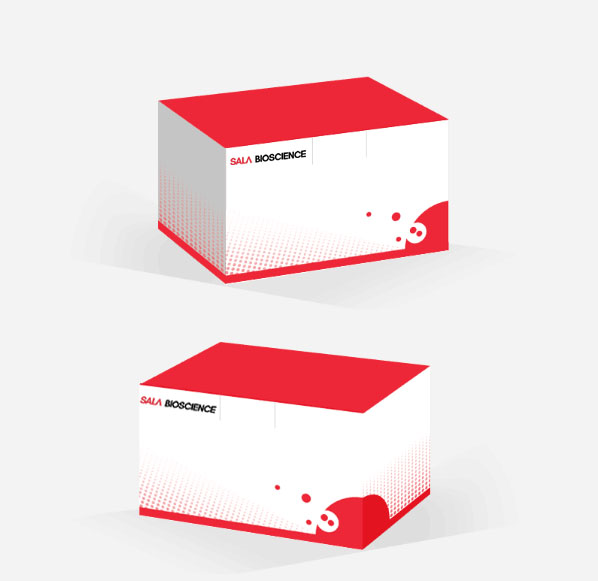Soil Polyphenol Oxidase (S-PPO) Assay Kit/SLBC0110
- Price:Negotiable
Product Detail
Soil Polyphenol Oxidase (S-PPO) Assay Kit
Note: Take two or three different samples for prediction before test.
Operation Equipment: Spectrophotometer
Catalog Number: SLBC0110
Size:50T/48S
Components:
Solution I: Powder×2. Storage at 4℃. Dissolve with 15 mL of distilled water each bottle before using, and unused liquid can be stored at 4℃.
Solution Ⅱ: Liquid 10 mL×1. Storage at 4℃.
Solution Ⅲ: Liquid 100 mL×1. Ether. Storage at 4℃ (Self-prepared reagent).
Standard solution of potassium dichromate: Liquid 10 mL ×1. The potassium dichromate solution (5mmol/L) is equivalent to 0.2 mg/mL purple gallic acid solution.
Product Description
Soil Polyphenol Oxidase (S-PPO) mainly comes from the decomposition and release of soil microorganisms, plant root secretions as well as animals and plants residues. S-PPO catalyzes the oxidation of aromatic compounds into quinone in soil. Quinone reacts with proteins, amino acids, sugars, minerals and other substances in soil to generate organic matters and pigments. Therefore, S-PPO enables the soil to complete the cycle of aromatic compounds and be used for soil environmental restoration.
S-PPO is able to catalyzes the pyrogallol to produce purple gallic acid, which has characteristic absorption peak at 430 nm.
Reagents and Equipment Required but Not Provided.
Table centrifuge, water-bath, transferpettor, spectrophotometer, 1 ml glass cuvette, Ether (express delivery is not allowed), ice and distilled water.
Procedure
I. Sample processing:
Fresh soil samples are naturally air-dried or oven to dry at 37℃, then sieved by 30 ~ 50 mesh sieve.
II. Determination procedure:
1. Preheat spectrophotometer for 30 minutes, adjust the wavelength to 430 nm, set zero with the Solution Ⅲ.
2. Standard: Dilute the standard solution to 0.2, 0.1, 0.05, 0.025, 0.0125, 0.00625, 0.003125 and 0 mol/mL standard with the 0.5 mol/L hydrochloric acid.
3. Establishment of standard curve: Take 1 mL of standard liquid in the 1 mL cuvette and detect the absorbance at 430 nm. Draw the standard curve according to absorbance (x) and concentration (y, mg/mL).
4. Sample list
Reagent | Test Tube |
Air-dried soil sample(g) | 0.05 |
Solution I (μL) | 500 |
Shake and mix thoroughly, then incubate at 30℃ for 1 h. | |
Solution Ⅱ (μL) | 200 |
Solution Ⅲ (μL) | 1750 |
Shake several times and place at room temperature for 30 minutes, take 1mL of supernatant to measure the absorbance value A at 430 nm.
Calculation
According to the standard curve, substitute the absorbance value A (x) of the sample into the formula to calculate the sample concentration y (mg/mL).
Unit definition: One unit of enzyme is defined as the amount of enzyme catalyzes the production of 1 mg of purple gallic acid per day at 30℃ every gram soil
S-PPO (U/g soil sample) = y × VST ÷ W÷T =840×y
T: Reaction time, 1 h=1/24 d;
VST: Extract solution volume, 1.75 mL;
W: Sample quality, 0.05 g.
Recent Product Citations:
[1] B Li,Y Ding, X Tang,et al. MTA1 promotes the invasion and migration of pancreatic cancer cells potentially through the HIF-α/VEGF pathway. Journal of Receptor and Signal Transduction Research. August 2018;(IF2.998)
References:
[1] Montgomery M W, Sgarbieri V C. Isoenzymes of banana polyphenol oxidase[J]. Phytochemistry, 1975, 14(5-6): 1245-1249.
[2] Dogan S, Dogan M. Determination of kinetic properties of polyphenol oxidase from Thymus (Thymus longicaulis subsp. chaubardii var. chaubardii) [J]. Food chemistry, 2004, 88(1): 69-77.
